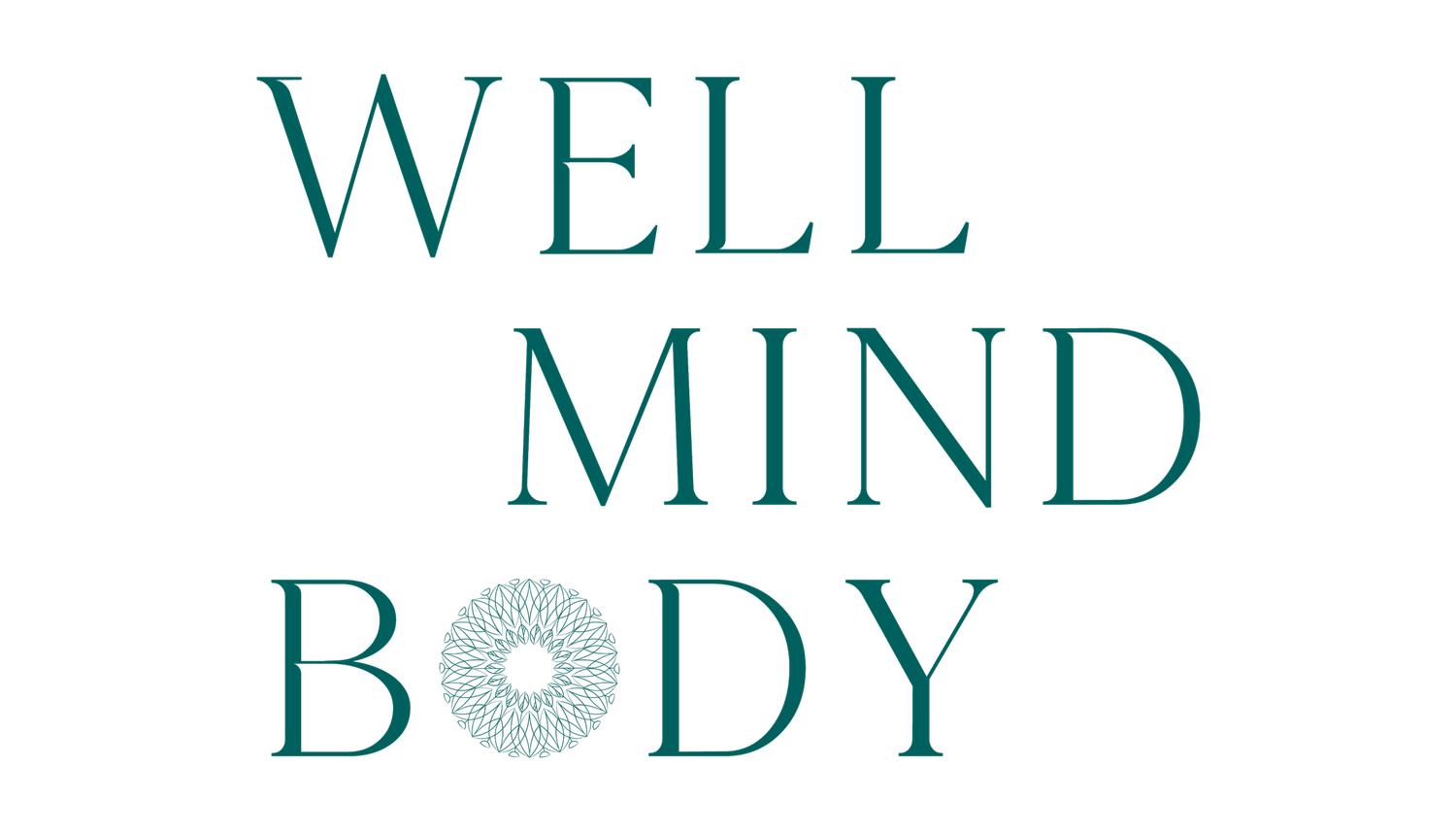Parenting Styles: The Shift from Correction to Connection
Written by Elizabeth Miller, Ph.D., LPC-S, LMFT-S
Parenting is one of the most rewarding — and challenging — journeys a person can undertake. How we parent shapes not only our children’s behavior but also their emotional development, relationships, and sense of self. Research identifies four primary parenting styles: authoritative, authoritarian, permissive, and uninvolved. Each style profoundly influences child development in different ways.
Understanding the Four Parenting Styles
Authoritative Parenting
Authoritative parents are both nurturing and firm. They set clear expectations and boundaries but remain responsive and supportive. Research consistently finds that this style leads to children who are confident, emotionally healthy, and socially adept (Baumrind, 1966; Darling & Steinberg, 1993).
Authoritarian Parenting
Authoritarian parents enforce strict rules with little flexibility, prioritizing obedience over open communication. While their children may be well-behaved, studies suggest they are at greater risk for low self-esteem, higher anxiety, and difficulty with social interactions (Grolnick & Pomerantz, 2009).
Permissive Parenting
Permissive parents are warm and accepting but often lack consistent boundaries. Their children may struggle with self-discipline, emotional regulation, and respect for authority (Zhou et al., 2004).
Uninvolved Parenting
Uninvolved parents provide little emotional support or structure. Research shows that children raised in these environments often experience emotional insecurity, poor academic performance, and difficulty forming healthy relationships (Sroufe et al., 2005).
Which Parenting Style Is Best?
Across decades of research, authoritative parenting consistently emerges as the most beneficial style for promoting positive outcomes in children. Children of authoritative parents tend to develop greater resilience, self-confidence, emotional regulation, and interpersonal skills compared to those raised under other styles (Baumrind, 1966; Thompson, 2006).
This success stems from the balance of developmentally appropriate expectations with emotional warmth — allowing children to learn accountability while feeling safe and supported.
From Correction to Connection: A Modern Approach
In the past, authoritarian approaches, which emphasized obedience and discipline, were the norm. Children were expected to be "seen and not heard," with strict adherence to rules. However, as our understanding of child development has evolved, so has our approach to parenting.
Today, connection-focused parenting — grounded in empathy, emotional intelligence, and attunement — is recognized as essential for nurturing healthy emotional development (Siegel & Bryson, 2012).
Rather than focusing solely on correcting behavior, connection-based approaches prioritize understanding the feelings and needs driving the behavior. Research shows that children who feel emotionally connected to their caregivers are better able to regulate their emotions, navigate challenges, and build secure relationships later in life (Morris et al., 2007).
Practical Strategies to Prioritize Connection
Active Listening: Give your child full attention without immediate judgment. Reflect their feelings back to them to show understanding.
Empathetic Responses: Validate your child’s emotions, even when setting boundaries.
Shared Activities: Spend quality time together doing activities your child enjoys.
Consistent Presence: Be physically and emotionally available, creating a stable and reliable environment.
Positive Reinforcement: Recognize and praise desired behaviors, strengthening the bond between parent and child.
Connection does not mean a lack of structure; rather, it integrates structure within a relationship of trust and understanding. This approach builds emotional resilience and lays the foundation for a lifelong, secure parent-child relationship.
How Well Mind Body Can Support You
At Well Mind Body Integrative Psychotherapy & Wellness, our clinicians specialize in supporting parents through the challenges of raising resilient, emotionally healthy children. We offer parent coaching and counseling services tailored to your family's unique needs.
Whether you're seeking to:
Strengthen your connection with your child
Understand your parenting style
Navigate specific behavioral or emotional challenges
Transition from correction-based to connection-focused parenting
We are here to guide and support you. Our compassionate, research-based approach equips parents with the tools to foster meaningful growth within their families.
Thank you for being here. You’re not alone on this journey — and we’re honored to walk it with you.
Dr. E
References
Baumrind, D. (1966). Effects of authoritative parental control on child behavior. Child Development, 37(4), 887–907.
Darling, N., & Steinberg, L. (1993). Parenting style as context: An integrative model. Psychological Bulletin, 113(3), 487–496.
Grolnick, W. S., & Pomerantz, E. M. (2009). Issues and challenges in studying parental control: Toward a new conceptualization. Child Development Perspectives, 3(3), 165–170.
Morris, A. S., Silk, J. S., Steinberg, L., Myers, S. S., & Robinson, L. R. (2007). The role of the family context in the development of emotion regulation. Social Development, 16(2), 361–388.
Siegel, D. J., & Bryson, T. P. (2012). The Whole-Brain Child: 12 Revolutionary Strategies to Nurture Your Child's Developing Mind. Random House.
Sroufe, L. A., Egeland, B., Carlson, E. A., & Collins, W. A. (2005). The Development of the Person: The Minnesota Study of Risk and Adaptation from Birth to Adulthood. Guilford Press.
Thompson, R. A. (2006). The development of the person: Social understanding, relationships, conscience, self. In W. Damon & R. M. Lerner (Eds.), Handbook of Child Psychology (6th ed., Vol. 3, pp. 24–98). Wiley.
Zhou, Q., Eisenberg, N., Wang, Y., & Reiser, M. (2004). Chinese children's effortful control and dispositional anger/frustration: Relations to parenting styles and children's social functioning. Developmental Psychology, 40(3), 352–366.
